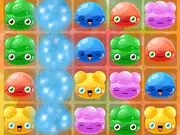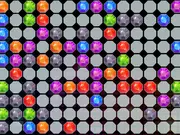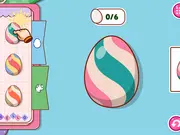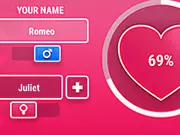-
Crazy Merge Room
-
Assemble Factory Puzzle
-
Magical Mermaid Hairstyle
-
Reef Color Challenge
-
Toy Factory Html5
-
Jelly Crush Match
-
Candy Time
-
Krismas Tiles
-
Jewelish
-
X2 Solitaire Merge: 2048 Cards
-
Wood Block Puzzle
-
Christmas Balls
-
Balls Animal
-
Frozen Bubble HD
-
Easter Merge
-
Melodic Tiles
-
Infinite Craft
-
Sea Life Mahjong
-
Crystal Connect
-
3D Sort
-
Animals Shapes
-
Christmas Connect 3
-
FNF VS Agatha
-
Power Mahjong: The Tower
-
The Best Screwing
-
Merge Diamonds Treasure!
-
Merge Matreshki
-
Minecraft Match Three!
-
Cube: Simple 3 Match
-
Little Candy Bakery
-
Dog Puzzle Story 2
-
Bubble Piggies
-
Mage's Secret
-
ITile Zen Sort Puzzle
-
Jelly
-
PopTap
-
Newton's Fruit Fusion
-
2048 Shoes
-
Super Color Lines
-
Hex Aquatic Kraken
-
Connect the Bubbles
-
Wooden Jewels
-
Bubble Shooter Challenge
-
Microsoft Jewel 2
-
Mahjongg Relax
-
Emoji Blush
-
Fastening Challenge
-
All Threes Domino
-
Puppy Match
-
Idle Drive: Merge Upgrade & Drive
-
Jingle Juggle Merge
-
World of Alice: Numbers Shapes
-
Merge Blocks 2048 Style!
-
Rush Royale: Tower Defense TD
-
Link and Color Pictures
-
Color Bubbles Ultra
-
Comball
-
Merge the Balls 2048: Billiards!
-
Xmas Match Deluxe
-
Pic Tile
-
Triadz!
-
The Amazing World of Gumball: Candy Chaos
-
Diary Maggie: Easter Egg
-
Love Tester
-
Marble Puzzle Blast
-
Reef Connect Challenge
-
Pirates Mahjong
-
Candy Maker: Dessert
-
Suika Kawaii Cat Merge
-
Princess Jewels
-
Frantic Math
-
Bubble Blast







































































